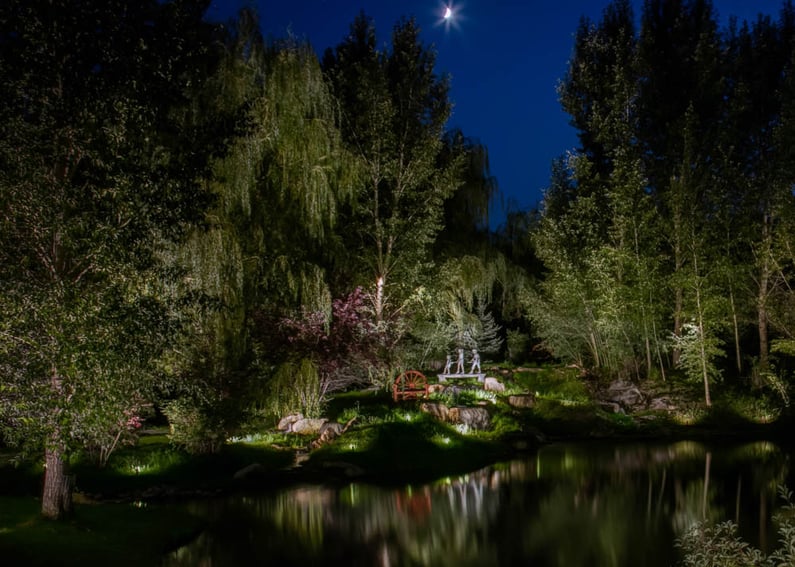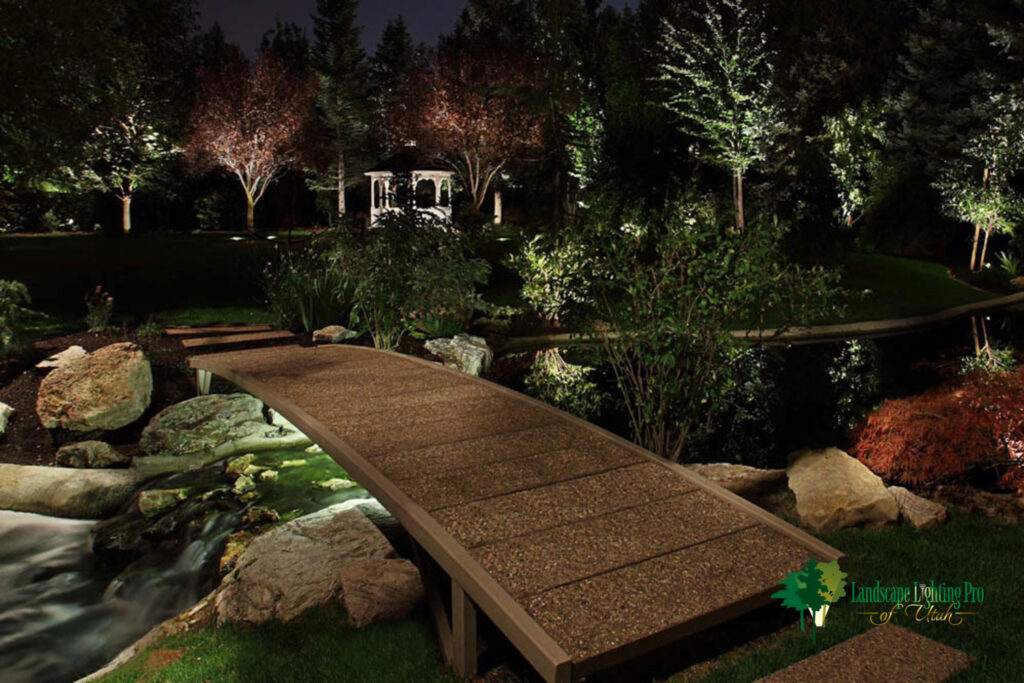Landscape Lighting Repair: Why Are My Landscape Lights Not Working?
Repairing your lighting system can be a headache. I’m not just talking about ding it yourself as a homeowner. It’s not always a cake walk for the technicians who work with low voltage lighting systems professionally either. In this blog, we will discuss some of the issues that can lead to a failed lighting system, and why they can be difficult to troubleshoot.
Your Lights Aren’t Turning On.
This is a very broad problem that could be caused by a myriad of different thing. Typically though, it’s best to check to see if your transformer has power before proceeding any further. To learn more about troubleshooting for power, check out this blog: 5Things I Learned as a Lighting Technician That Utah Homeowners Need to Know.
If you do have power at your transformer, and the lights still aren’t turning on, there is likely a short causing the transformer to shut off. There should be a toggle switch or a fuse stat inside the transformer. Check to make sure the toggle switch is in the correct position, or see if your fuse stat is blown. If your toggle toggle switch has flipped itself to the off position, or if your fuse stat has blown, it’s because there is a short somewhere in the system.

What Is a Short?
A short happens when there is an arc in the system. You’ll notice that direct burial wire used to power your lighting system has two wires. Arcing occurs when the currents passing through these two wires come into contact with one another. There are several reasons this can occur.
What commonly causes a short? Where does arcing occur?
- A cut wire
- A bad, wet, corroded, or otherwise damaged socket
- A failed wire connection
- Frayed wires
- Places where the system has been exposed to moisture
- Places where wires have been stretched by tree roots, or rubbed against rocks
Again, these are just some common examples. It sometimes seems like there are endless places for electrical shorts to happen.
While working on repairing a system, I once discovered that the short tripping everything was being caused by a bad bulb. The light bulb had a malfunction that was causing an arc to happen internally. If I hadn’t known what I was looking for, I would have never found the problem.
I’ve heard tons of other strange stories where shorts were happening in places no one could have imagined.
Why are shorts difficult to troubleshoot?
There can be two large reasons why shorts can be difficult to troubleshoot: They can sometimes occur within strange places, and they can occur in multiple places simultaneously.
It can be frustrating to discover that the short was happening in a really strange place it shouldn’t have been. It’s even more frustrating when you discover that the system is still being tripped by something else after you fix the first problem.

How do you reduce the likelihood of your system tripping?
The best way to reduce problems in your system is to make sure it’s installed right in the first place. Using well engineered fixtures, quality components, and bulletproof wire connections will ensure you have a system built to last.
The technology in the lighting industry has come such a long way from even five years ago. They are being built to perform better than ever before.
Getting your lighting system to turn on and stay on are two different things. If you are having trouble with your lights, inspect them carefully. What kind of condition is your lighting system in? Be honest with yourself.
Even the most far-gone system and be kept around, but in need of constant repair. It can only be kept alive if you’re willing to invest the money and time into it’s constant upkeep. And if you’re willing to deal with it’s repeated failure.
In a way, a lighting system can be compared to an old rusted out Volkswagen Beetle. It is possible to keep it running, but it will be in the shop every other week. Even when the mechanic repairs one problem, it will soon have another. If your system has given you repeated trouble, it may be best to get with a professional to have it evaluated to see what the issues are and what might be the next steps to ensure you have a worry free system.
Salt Lake City (Midvale)
801-440-7647
St. George
435-932-6627
©2025 Landscape Lighting Pro
Privacy Policy
Cookie Policy